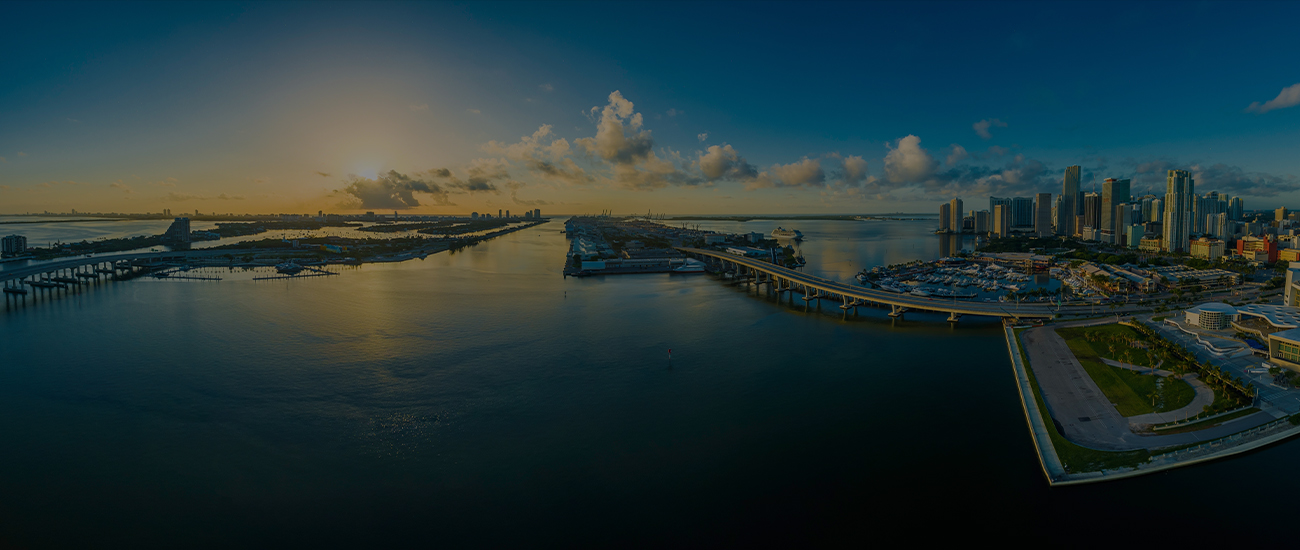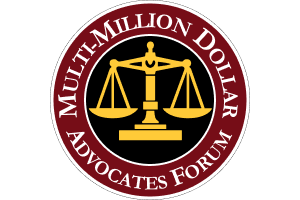Commercial Aircraft Accident
Commercial common carrier accidents occur in a variety of different situations. While the most common aviation accidents are those involving commercial airlines, many accidents occur with private airplanes, as well as commercial and private helicopters. A general overview of aviation law can inform passengers of their rights in cases of accidents involving all types of aircraft.
The leading causes of commercial airline accidents include engine failures, controlled flight into terrain, approach and landing, loss of control, runway incursions, and weather (including turbulence). Private or “general” aviation accidents find their causes in controlled flight into terrain, weather, pilot decision making, loss of control, and runway incursions.
What is a Runway Incursion?
The Federal Aviation Administration (FAA) defines a runway incursion as “any occurrence at an airport involving an aircraft, vehicle, person, or object on the ground that creates a collision hazard or results in loss of separation with an aircraft taking off, intending to take off, landing, or intending to land.” Many assume that once a plane has safely landed all potential danger is gone. Unfortunately, statistics show otherwise. Since 1993 the number of runway incursions has increased over 70%. The National Transportation Safety Board (NTSB) considers this increase in runway incursions one of the ten most significant safety issues facing air travelers today.
A number of factors can cause runway incursions including pilot error (proceeding into unauthorized areas such as closed runways or taxiways), air traffic controller error (transmitting misinformation to pilots regarding ground maneuvers), and ground personnel errors (deviations by baggage carts, fuel trucks, maintenance vehicles, etc.). The consequences of runway incursions range from minor aircraft or vehicle damage to catastrophic loss of life.
Who investigates airplane crashes, runway incursions and other aviation disasters?
Depending on the circumstances surrounding the accident, the investigation is conducted by one or more of the following agencies: National Transportation Safety Board (NTSB), Federal Aviation Administration (FAA), Transportation Security Administration (TSA) and Federal Bureau of Investigations (FBI). But, accident investigations may also involve foreign or local authorities or the Departments of Justice, State and/or Defense. Agencies such as the American Red Cross, Department of Health and Human Services and Federal Emergency Management Agency may also be involved in providing services to victims and their families. Depending on the circumstances of any given crash, other agencies may also be involved.
Unlike civilian or commercial airplane crashes that are investigated by the National Transportation Safety Board (NTSB), military airplane crashes and runway incursions are under the jurisdiction of the Military Safety Mishap Board. This organization prepares a secret report much of which is not released to the public. Another Report, also called a Collateral report may be prepared depending on the service branch involved. This report is usually made public, but doesn’t contain the manufacturer’s analysis or witness statements that are the basis of the secret Safety Mishap Investigation. This lack of information greatly complicates the task of bringing a lawsuit and finding answers.







